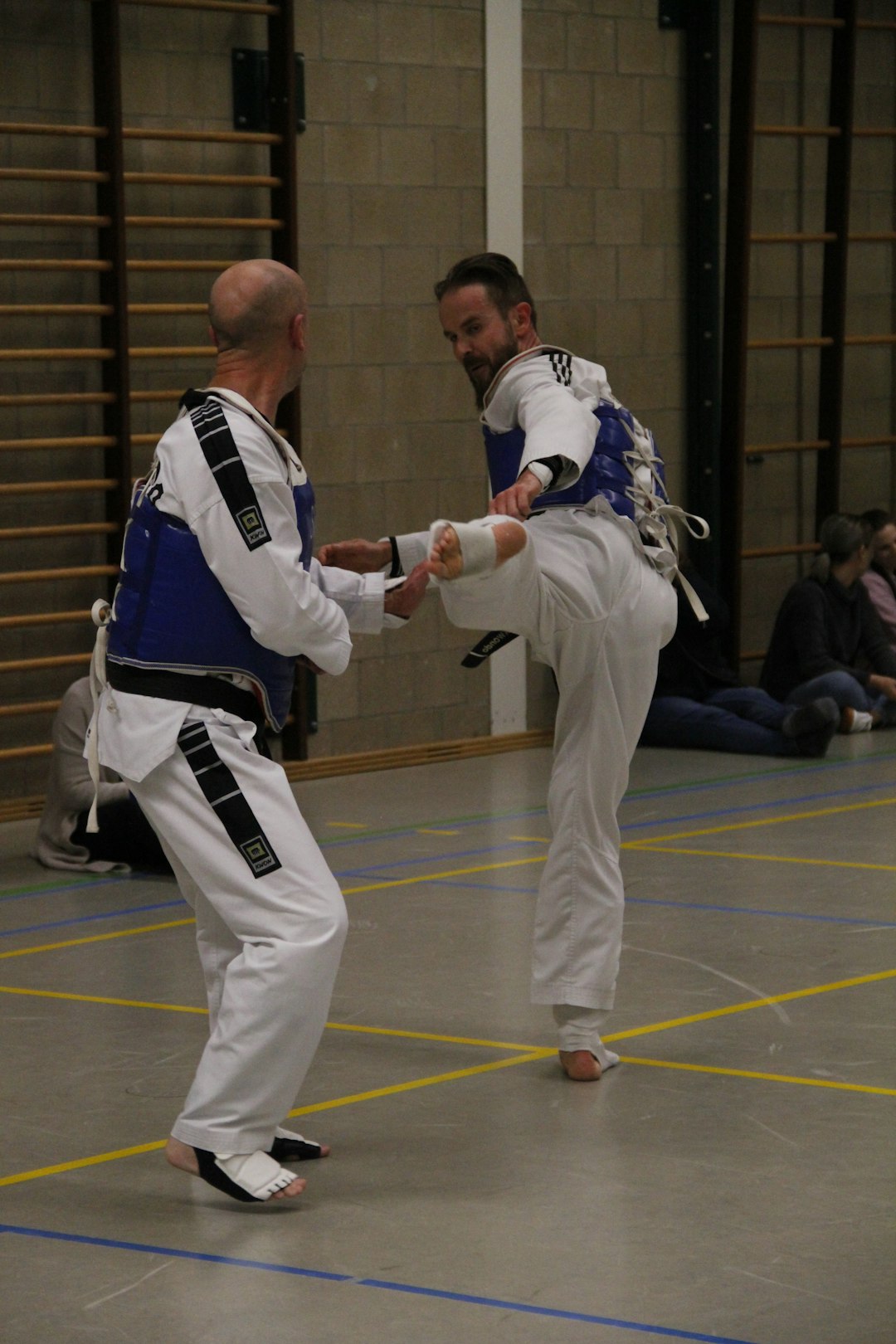The karate gi is a traditional uniform essential for practicing karate, serving both ceremonial and functional purposes. Unlike generic martial arts attire, the gi's specific cut and materials—typically cotton or hemp—are tailored to optimize performance and reflect the practitioner's skill level through its belt system. The gi's origins can be traced back to the Ryukyu Kingdom's martial arts practices, and while it has evolved, it retains its core attributes that symbolize unity among karateka and embody the discipline's respect for tradition. The karate outfit, known as a "karate gi," is distinguished by its loose-fitting jacket and trousers, designed to facilitate the unique movements of karate, ensuring practitioners can perform techniques with proper form and alignment. This traditional attire not only signifies rank but also encapsulates the martial spirit of karate, highlighting its deep historical roots and ongoing relevance in the practice of this storied martial art.
Exploring the rich tradition of martial arts, one element that stands out is the karate uniform, or as it’s often referred to, the Gi. This article delves into the significance and evolution of this quintessential garment, from its historical roots to the modern-day mat. We will navigate through understanding what a karate Gi represents, its traditional elements, and the colors that adorn it. Furthermore, we will guide you on selecting the ideal Gi for your practice, considering material preferences, proper fit, design features, and personalization options. Whether you are a novice or an experienced martial artist, this piece offers valuable insights into maintaining and caring for your karate outfit, ensuring it not only serves its purpose but also honors the tradition that gives it name.
- Understanding the Karate Uniform: The Gi's Purpose and Composition
- 1. Historical Significance of the Karate Gi
Understanding the Karate Uniform: The Gi's Purpose and Composition

When engaging in karate, donning the appropriate attire is crucial. The uniform, commonly referred to as a “gi,” serves several purposes beyond mere aesthetic value. Made from cotton or hemp fabric, the gi is designed to facilitate movement and provide comfort to practitioners as they execute various techniques. It also allows instructors to assess the student’s form and alignment. What exactly constitutes a karate outfit? A karate gi typically consists of a jacket, trousers, a belt, and sometimes a vest, with the color often indicating the wearer’s rank or level within the practice. The question many have is what differentiates the karate gi from other martial arts uniforms. The answer lies in the specific cut and design of the garment, tailored to the movements inherent in karate practice. For instance, the jacket, known as “ue” in Japanese, is intentionally less constricting around the shoulders to allow for a full range of motion during arm movements. Similarly, the trousers, called “rei-oshi,” are designed to be neither too tight nor too loose, ensuring both comfort and the ability to see proper stance execution. The choice of fabric in a karate gi is also significant; it is usually heavier than that of other martial arts uniforms, providing durability and structure that aids in learning and practicing the art effectively.
1. Historical Significance of the Karate Gi

The karate gi, a traditional garment synonymous with the practice of karate, holds a rich historical significance that is deeply rooted in the discipline’s origins and evolution. Originating from the martial arts traditions of Ryukyu Kingdom, now part of Okinawa, Japan, the gi has undergone various adaptations while maintaining its essential characteristics. The term “gi” itself translates to “suit” or “uniform,” and it serves as a blank canvas for practitioners, symbolizing equality among karateka, irrespective of social status. Over time, the design of the karate gi has been standardized to facilitate ease of movement and reflect the martial spirit. The uniform’s simplicity in design emphasizes functionality and respect for tradition. What is the name of the karate outfit? The traditional garb worn in karate practice is known as a “karate gi,” which consists of a jacket, trousers, and belt, with variations existing to suit different styles and needs within the martial art. How has the karate gi evolved while maintaining its significance? While adaptations have been made for functionality and global standardization, the gi remains an integral part of karate tradition, symbolizing respect, discipline, and the martial ethos that is central to the practice.
In conclusion, the karate uniform, commonly referred to as a gi, serves as more than mere attire for practitioners; it represents tradition and discipline intrinsic to the art of karate. Its origins date back to ancient times, where it symbolized equality among martial artists by standardizing their appearance. Today, the gi remains an integral part of the practice, underscoring respect for the craft and its history. For those interested in the art, knowledge of the karate outfit name is essential for authentic engagement with this timeless discipline. Understanding the purpose and composition of the gi provides a deeper appreciation for its significance, both culturally and functionally within the realm of martial arts.
